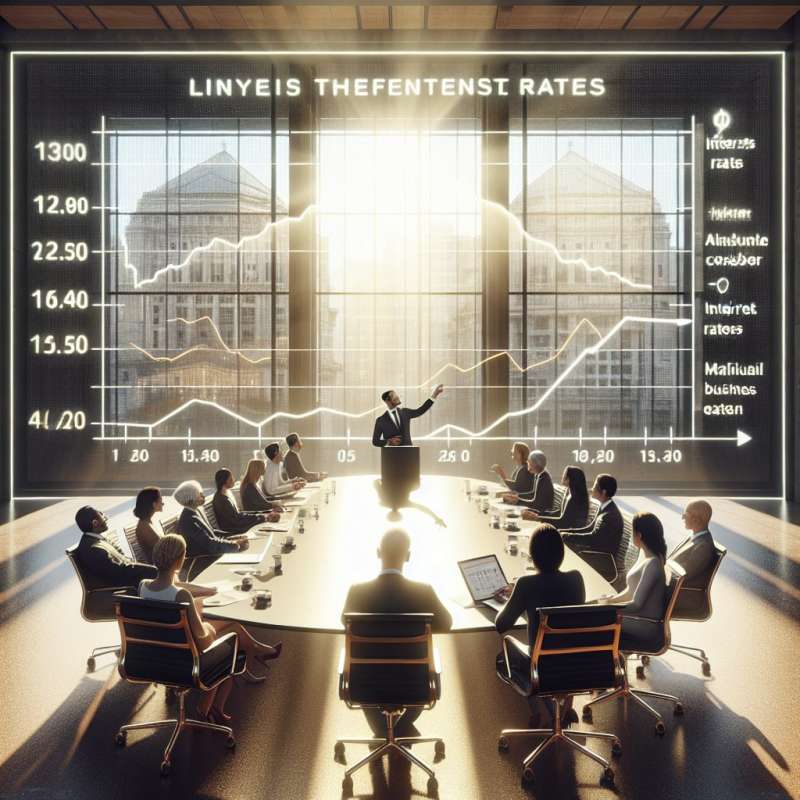
Defining Interest Rates
Interest rates, determined by central banks, are the cost of borrowing money. They influence economic activity by affecting consumer spending, business investment, and inflation levels.
Interest Rate Cuts
Central banks may reduce rates during economic downturns to stimulate growth. Lower rates decrease borrowing costs, encouraging loans for consumers and businesses, thus boosting spending and investment.
Consumer Impact
Decreased rates reduce interest on debts like mortgages and credit cards, increasing disposable income. This can shift consumer behavior towards more spending, potentially driving economic growth.
Business Expansion
Lower borrowing costs encourage businesses to invest in growth opportunities, from capital improvements to hiring. This can lead to increased production and potentially more jobs.
Potential Inflation Rise
Surprisingly, if not carefully managed, lower interest rates can overstimulate the economy, leading to demand outpacing supply, causing prices to rise and inflation to accelerate.
Savings Deterrence
Interest rate reductions can discourage savings, as returns on deposits fall. This may inadvertently push investors towards riskier assets, seeking higher yields, which can alter market dynamics.
Global Ramifications
Lower domestic rates can affect currency value, making exports cheaper and imports more expensive. This dynamic can influence global trade balances and economic relationships internationally.
Who determines interest rates?
Government agencies
Central banks
Commercial banks
Company